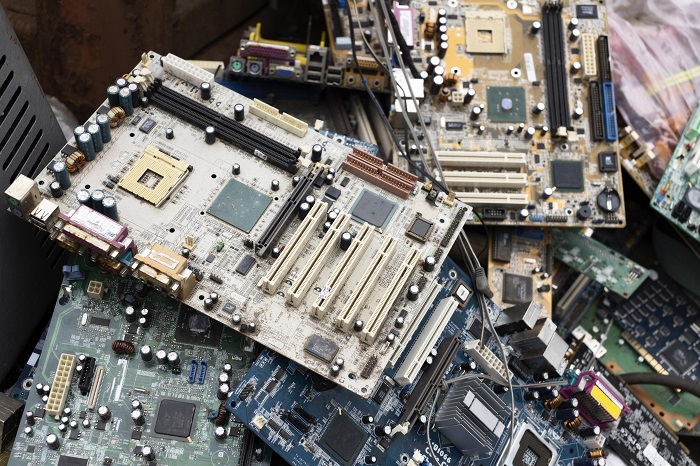In an era where data privacy and security are paramount concerns, properly disposing of old or unwanted hard drives is essential to prevent unauthorized access to sensitive information. Simply deleting files or formatting a hard drive is not sufficient, as data can still be recovered using specialized software. Hard drive destruction offers a secure and permanent solution to ensure that data cannot be retrieved once a drive is decommissioned. This beginner’s guide will provide comprehensive information on hard drive destruction methods, their benefits, and practical tips for ensuring the complete destruction of data.
Why Hard Drive Destruction Matters
Data Security and Privacy
- Protects sensitive information from unauthorized access, identity theft, and data breaches.
- Ensures compliance with data protection regulations such as GDPR, HIPAA, and PCI DSS.
- Safeguards intellectual property, financial records, and personal identifiable information (PII) from falling into the wrong hands.
Environmental Responsibility
- Prevents electronic waste (e-waste) from ending up in landfills, where toxic materials can leach into the soil and water.
- Promotes responsible recycling practices by securely destroying hard drives before disposal or recycling.
Methods of Hard Drive Destruction
Physical Destruction
- Shredding: Hard drives shredded into small pieces using specialized equipment, rendering data unrecoverable.
- Drilling: Holes are drilled through the hard drive platters, making it impossible to access data stored on them.
- Crushing: Hard drives are crushed using hydraulic presses or crushers, destroying the internal components and making data retrieval impossible.
Degaussing
- Electromagnetic Field: Degaussing exposes the hard drive to a strong magnetic field, erasing all data stored on the magnetic media.
- Permanent Data Erasure: Some degaussers can render hard drives unusable by altering the magnetic properties of the storage media.
Incineration
- Hard drives are incinerated at high temperatures in specialized facilities, completely destroying the data storage components.
- Incineration also reduces hard drives to ash, which can be safely disposed of or recycled.
Benefits of Hard Drive Destruction
- Compliance: Helps organizations comply with data protection regulations and industry standards.
- Data Security: Ensures that sensitive information cannot be recovered or accessed by unauthorized parties.
- Risk Mitigation: Reduces the risk of data breaches, identity theft, and legal liabilities associated with improper data disposal.
- Environmental Protection: Prevents e-waste pollution and promotes sustainable recycling practices.
- Peace of Mind: Provides reassurance that confidential data is permanently and securely destroyed.
Best Practices for Hard Drive Destruction
Develop a Data Destruction Policy
- Establish clear guidelines and procedures for the secure destruction of hard drives and other storage devices.
- Ensure that employees are trained on proper data disposal practices and understand their responsibilities.
Use Certified Destruction Services
- Choose reputable vendors or destruction services that adhere to industry standards and regulations.
- Verify certifications such as NAID (National Association for Information Destruction) AAA Certification for secure data destruction.
Document Destruction Processes
- Maintain records of hard drive destruction activities, including dates, methods used, and chain of custody.
- Keep detailed documentation for auditing purposes and compliance verification.
Secure Storage and Transportation
- Store hard drives awaiting destruction in a secure location with restricted access to authorized personnel only.
- Use secure transportation methods to transport hard drives to destruction facilities, ensuring chain of custody and confidentiality.
Verify Destruction
- Request certificates of destruction or proof of data destruction from the service provider to confirm that data has been securely erased or destroyed.
- Conduct periodic audits or spot checks to ensure compliance with data destruction policies and procedures.
Conclusion
Hard drive destruction is a critical aspect of data security and privacy management, ensuring that sensitive information remains protected and confidential. By following the methods, best practices, and guidelines outlined in this beginner’s guide, individuals and organizations can effectively safeguard their data and mitigate the risks associated with improper data disposal. Embrace the principles of responsible data destruction to protect your privacy, comply with regulations, and promote environmental sustainability.
Image by Freepik




